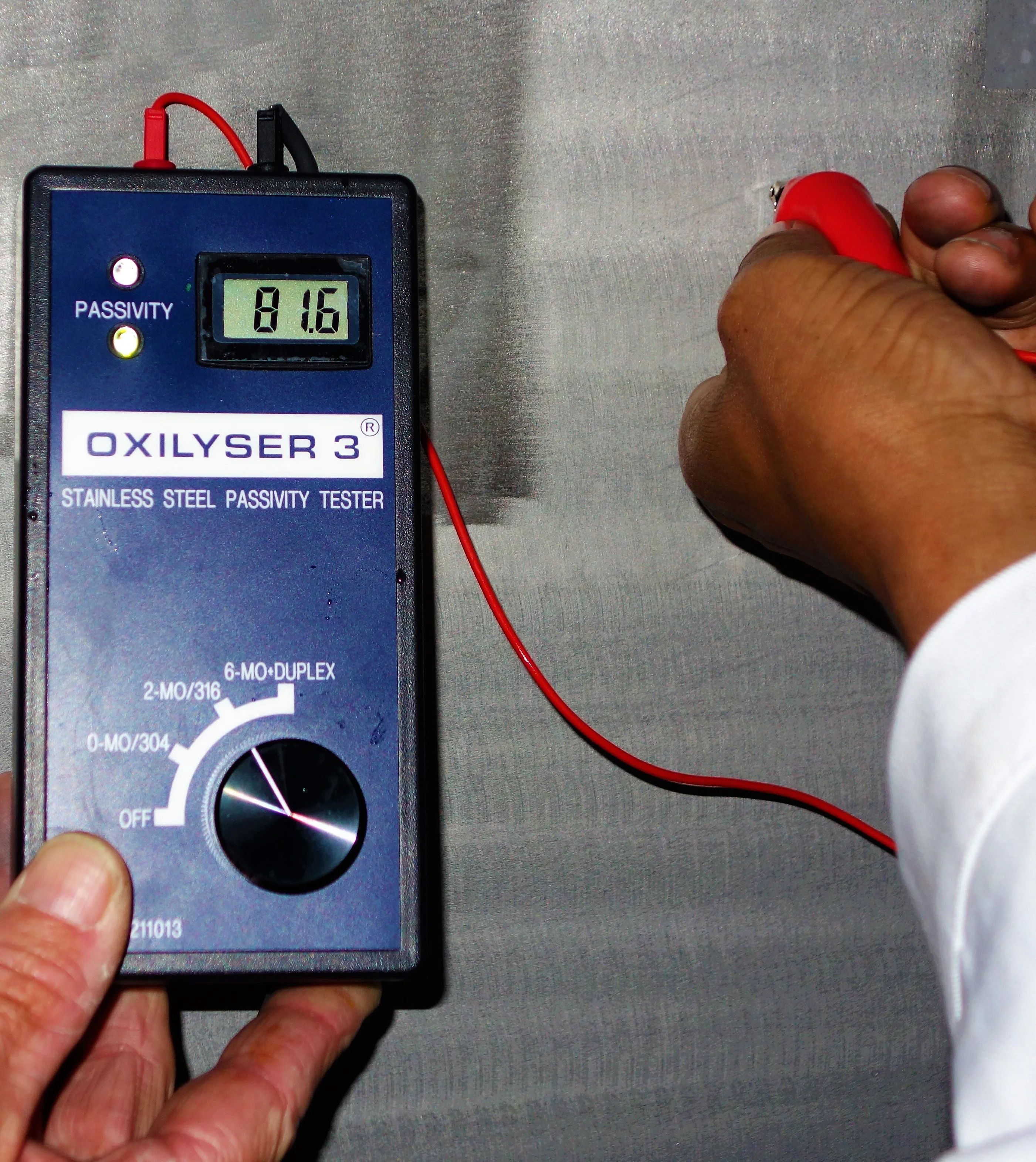
Inspection
Worldwide Stainless Steel Condition Inspection and Stainless Steel Corrosion Damage Inspection
A clean and passive surface finish is crucial to corrosion resistance. Stainless steel is protected from corrosion by its passive layer - a thin, impervious, invisible, surface layer that is primarily chromium oxide. Technical inspections and report subjects:
- Stainless Steel Surface Condition
- Corrosion Analysis
- Pitting Corrosion Depth Measurements
- Surface Roughness Testing
- Passivity Testing
- Weld Inspection (NDT)
- Endoscope Camera Test (interior piping condition)
- Inspection Report afterwards
The oxygen content of the atmosphere or of aerated aqueous solutions is normally sufficient to create and maintain ('self-heal') this passive layer. Unfortunately, surface defects and imperfections introduced during manufacturing or caused by aggressive chemical loadings may drastically disturb this 'self-healing' process and reduce resistance to several types of local corrosion. Thus, as regards hygiene and corrosion, a final cleaning process is required to restore an acceptable surface quality.
Stainless Steel Surface Treatment needs to be carried out to remove or clean:
- Corrosion / Rust
- Ferrous Contamination / Free Irons
- Light Discoloration
- Hydrocarbons
- Starting Pitting
- Cargo Residue
Chemical cleaning with Nitric Acid in compliance with:
- FOSFA Qualifications & Requirements
Passivation is a chemical treatment with a specific acid formulation that removes free-iron or other surface contamination from the stainless steel while simultaneously promoting the formation of a passive chromium/nickel oxide layer to act as a barrier to further corrosion.
Stainless Steel Surface Treatment needs to be carried out to restore or to repair:
- Damaged passivation layers brinning back to a thick uniform chromium oxide layer
- Unstable passivity readings bringing back a stable passive chromium oxide layer
- Stainless Steel Corrosion resistance interference by ferrous contamination / free irons
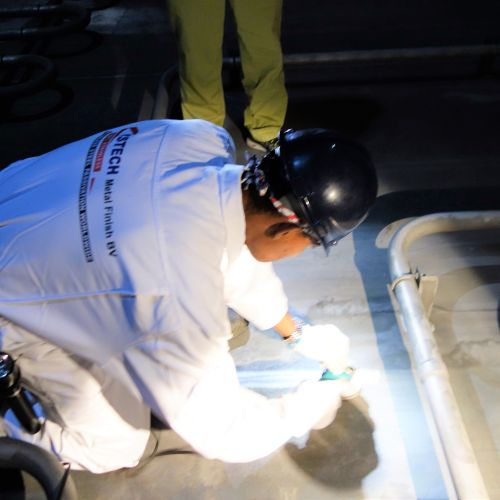
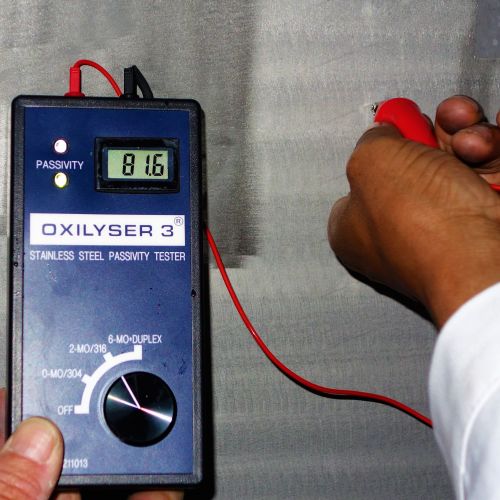
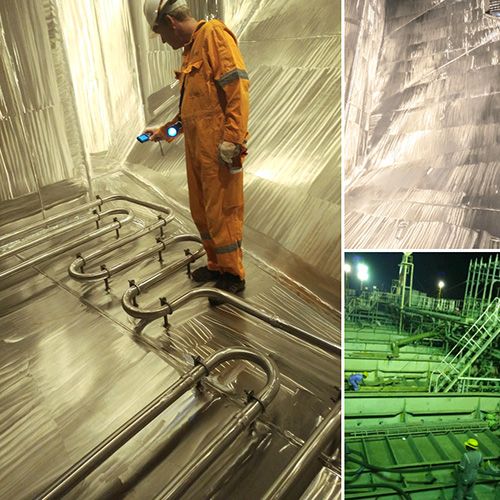
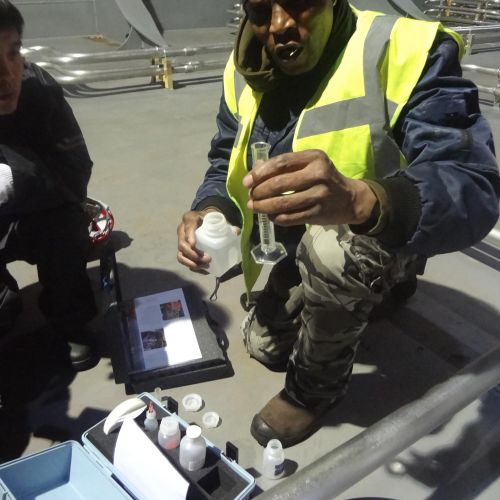
ISTECH worldwide experience and specialized
ISTECH has more than 35 years experience worldwide in Stainless Steel Surface Treatment and inspections of:
- Stainless Steel Cargo Tanks, Heating Coils and Cargo Lines
- Stainless Steel Piping
- Stainless Steel Scrubbers
- Stainless Steel Brewery Equipment and Installations
- Stainless Steel Fish Processing Lines and Equipment
- Stainless Steel Public (Art) Objects
ISTECH is specialized in Chemical Surface Treatment of Stainless Steel by:
- Pickling (descaling) and Passivation
- Chemical passivation
- FOSFA Cleaning
- Corrosion Treatment
- Cleaning
- Degreasing
STAINLESS STEEL SURFACE BUFFING - GRINDING - POLISHING - WELDING
CLEANING OPERATIONS - PICKLING AND PASSIVATION
